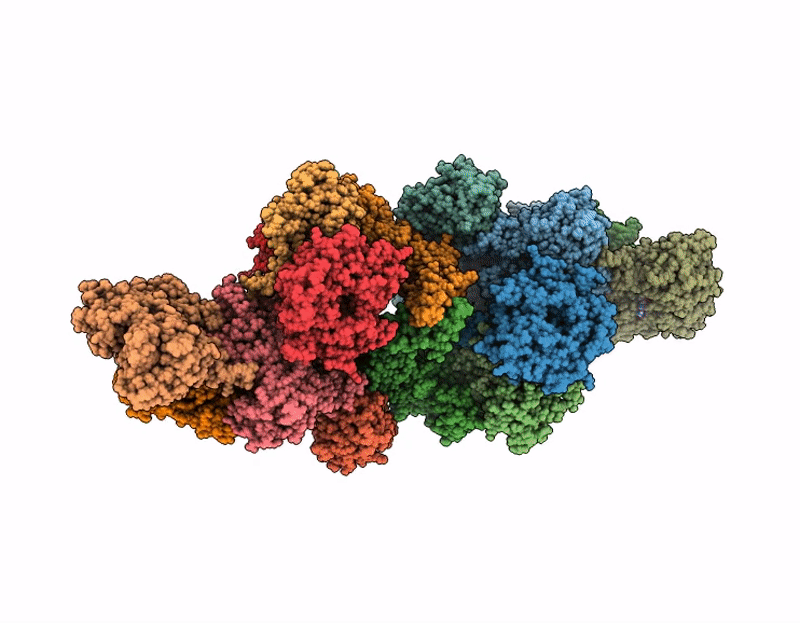
Deposition Date
2025-01-20
Release Date
2025-09-03
Last Version Date
2025-09-24
Entry Detail
PDB ID:
9I2B
Keywords:
Title:
SPIN90-Arp2/3 nucleated bidirectional actin filaments
Biological Source:
Source Organism:
Homo sapiens (Taxon ID: 9606)
Sus scrofa (Taxon ID: 9823)
Amanita phalloides (Taxon ID: 67723)
Sus scrofa (Taxon ID: 9823)
Amanita phalloides (Taxon ID: 67723)
Host Organism:
Method Details:
Experimental Method:
Resolution:
3.00 Å
Aggregation State:
PARTICLE
Reconstruction Method:
SINGLE PARTICLE


